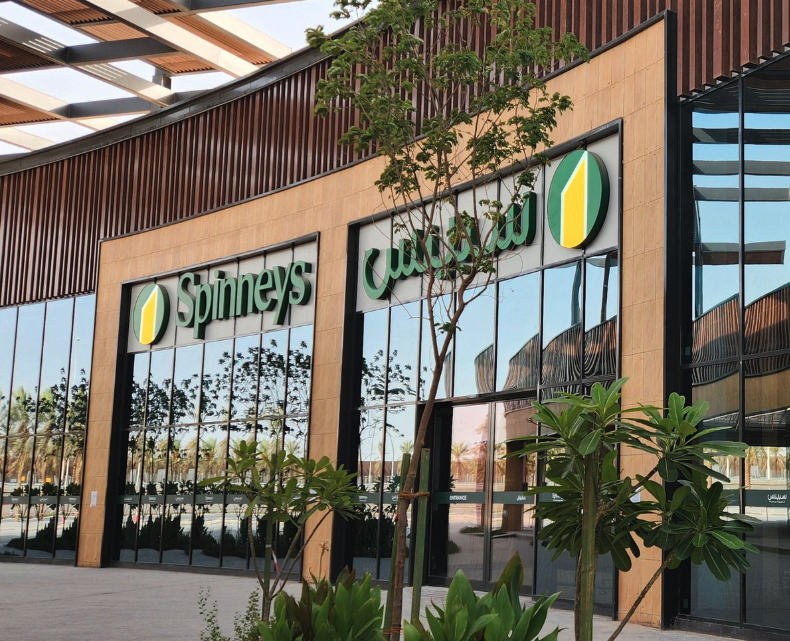RIYADH: The UAE has signed five new trade deals so far in 2025, bringing the total number reached under its Comprehensive Economic Partnership Agreement program to 26.
According to the state news agency WAM, Malaysia, New Zealand, and Kenya, as well as Ukraine and the Central African Republic, all signed deals in the first quarter of the year.
These agreements sit alongside those inked with countries such as Turkiye, India, and Indonesia since the CEPA program was launched in September 2021.
CEPA is a free trade agreement between two countries designed to reduce or eliminate barriers to trade and investment, thereby facilitating stronger commercial ties between the participating parties.
The UAE is also in the final stages of negotiations with several major economies, including Japan, and the talks are expected to be concluded by the end of this year, the statement revealed.
According to WAM, the CEPAs are having a positive impact on the UAE’s goal to raise the total value of the non-oil foreign trade in goods to 4 trillion dirhams ($1.09 trillion) and to increase non-oil exports to 800 billion dirhams by the year 2031.
“The CEPA program has accelerated this upward trajectory, supporting progress toward the targets outlined in the ‘We the UAE 2031’ vision,” said the statement.
The news agency further said that these agreements, signed over a period of less than four years, significantly expanded the country’s global trade network while creating new opportunities for the UAE’s private sector and businesses.
Alongside the six deals that have already come into force, 14 are undergoing technical and ratification procedures in preparation for implementation.
The report added that negotiations on another six agreements have been finalized, and the signings are expected to happen soon.
According to the UAE’s Ministry of Economy, the six CEPA deals that have come into force are with India, Israel, and Indonesia, as well as Turkiye, Cambodia, and Georgia.
The ministry added that another CEPA agreement with Costa Rica will come into force on April 1.
Following the CEPA agreement with India, which became effective in May 2022, non-oil trade between the UAE and the Asian nation grew by 20.5 percent, with the Emirates’ exports to India jumping by 75 percent by the end of 2024.
WAM added that trade with Turkiye rose by over 11 percent, with Indonesia seeing growth exceeding 15 percent, and Georgia recording a remarkable 56 percent increase since the implementation of CEPA.
The major beneficiaries of these CEPA agreements include sectors such as logistics, clean and renewable energy, advanced technology and applications, and financial services.
Other key sectors benefiting from these deals include green industries, advanced materials, agriculture, and sustainable food systems.
Free Trade Agreements across GCC region on the rise
UAE’s CEPA program comes as many Gulf nations are seeking to improve non-oil trade through free trade agreements.
In December, Saudi Arabia’s General Authority for Foreign Trade led the first round of negotiations for a deal between the Gulf Cooperation Council and Japan.
A month earlier, New Zealand entered into a free trade agreement with the six-nation Gulf Cooperation Council, which includes Saudi Arabia, the UAE and Qatar.
Jasem Mohamed Al-Budaiwi, secretary general of the GCC, said at that time that the agreement is expected to drive economic growth and development in both countries by facilitating trade, attracting investment, and creating new opportunities for businesses and industries.
In February, Qatar’s Emir Sheikh Tamim bin Hamad al Thani met with Indian Prime Minister Narendra Modi, and discussed various ways to enhance bilateral ties, with discussions underway for a future free trade agreement.
Speaking at the time, Arun Kumar Chatterjee, the secretary of India’s Ministry of External Affairs, said his government is keen to implement a broader India-GCC free trade agreement, and negotiations with Qatar are a first step in this process.
India is also on the road to finalize a comprehensive trade and investment agreement with Oman.
In January, Omani Commerce Minister Qais bin Mohammad Al-Yousef told Press Trust of India that the pact, which is expected to be finalized this year, could significantly boost two-way trade and investment ties between both countries.
The UK has also been negotiating with countries in the GCC since 2022 to establish a free trade agreement.
In November, its Business and Trade Secretary Jonathan Reynolds visited Dubai as a part of the European nation’s efforts to complete the talks.
A key economic partner for the region is China, and in September, the country’s Premier Li Qiang called for free trade negotiations between his country and the GCC nations to speed up.
He added that China is ready to further strengthen communication and coordination and consolidate the political foundation of bilateral ties, while also urging both sides to deepen cooperation in energy, investment, innovation, science and technology.






























